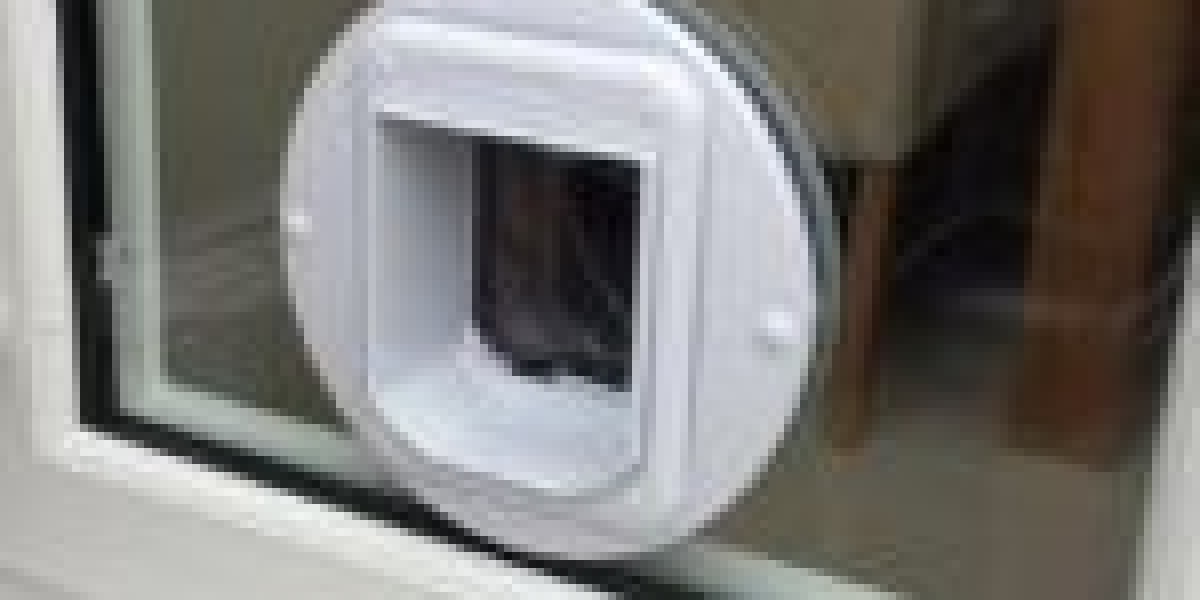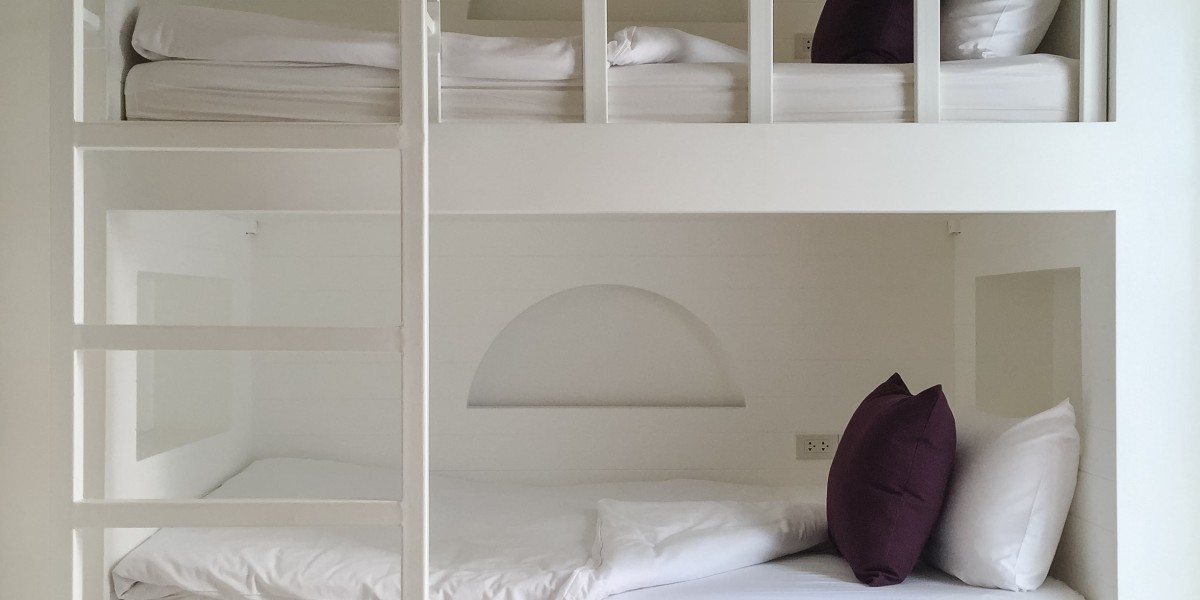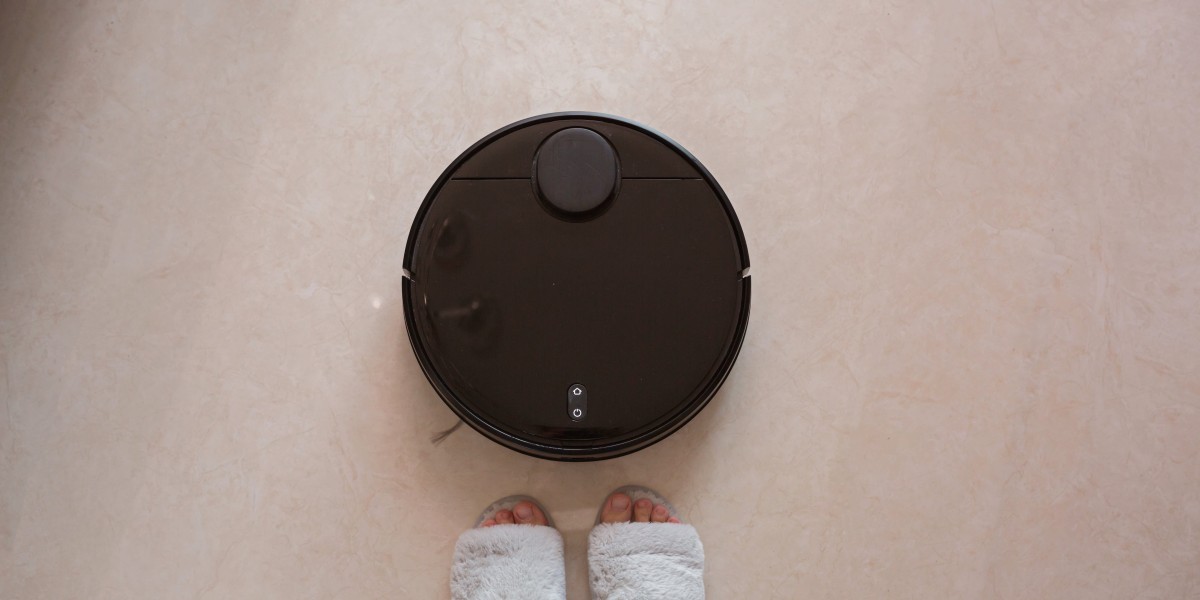Keeping the Purrfect Passage Open: A Guide to Cat Door Maintenance
Cat doors, likewise referred to as pet doors or cat flaps, are a great addition to any home with feline buddies. They offer felines the freedom to explore the outdoors (or designated locations within the home) and relieve themselves, all while offering owners assurance and decreasing the variety of unscripted door-opening requests. However, like any other feature of a house, cat doors are not immune to wear and tear. Routine maintenance is necessary to guarantee they continue to function properly, remain safe, and offer a comfortable and safe passage for your cherished cat. Ignoring maintenance can lead to a host of issues, varying from a stiff and noisy flap to a complete breakdown, potentially locking your cat out or, worse, compromising your home's security.
This post will explore the significance of cat door maintenance, detailing the necessary actions to keep your pet's access point in prime condition. By understanding the easy maintenance needed, you can extend the lifespan of your cat door, guarantee your cat's ongoing liberty, and prevent pricey repair work or replacements down the line.
Why Regular Cat Door Maintenance Matters
Maintaining your cat door is more than just a cosmetic job; it's a financial investment in the performance, security, and durability of the function, as well as the convenience and wellness of your cat. Here are some crucial reasons that routine maintenance is crucial:
- Ensures Smooth Operation: Dust, particles, and weather elements can build up around the hinges and flap of a cat door, causing it to end up being stiff, sticky, or loud when opening and closing. Regular cleaning and lubrication avoid these concerns, making sure the door operates smoothly and quietly, motivating your cat to use it without hesitation.
- Extends the Lifespan of the Door: Like any mechanical component, residential cat door installation doors undergo use and tear. Overlooking maintenance can accelerate this process, resulting in premature damage and the need for replacement. Regular cleaning, lubrication, and attending to minor problems immediately can significantly extend the lifespan of your cat door, saving you money in the long run.
- Maintains Security: A correctly working cat flap for glass door door ought to close safely after your cat travels through. Harmed or improperly maintained doors might not close completely, potentially jeopardizing your home's security by leaving gaps that could be exploited by intruders or enable drafts and pests to go into. For electronic or microchip-operated doors, constant maintenance ensures the locking mechanisms and sensors work dependably, maintaining regulated access.
- Prevents Drafts and Energy Loss: A badly maintained cat door can end up being a considerable source of drafts, particularly in cooler climates. Gaps around the flap or frame due to damage or particles can let cold air in and warm air out, increasing your energy bills. Correct sealing and weather condition removing maintenance is important to preserve energy effectiveness.
- Promotes Hygiene: Cat doors are exposed to the components and can accumulate dirt, mud, and even insect invasions gradually. Regular cleansing helps preserve a hygienic passage for your cat and avoids the transfer of dirt and bacteria into your home.
- Reduces Noise: A neglected cat door can end up being loud, specifically in windy conditions. Squeaking hinges or a rattling flap can be disruptive to both you and your cat. Lubrication and tightening of loose components can substantially minimize noise levels.
- Early Detection of Problems: Routine maintenance enables you to inspect your cat door carefully and identify any potential concerns early on, such as cracks, loose screws, or malfunctioning components. Attending to these small issues without delay can prevent them from escalating into more substantial and costly repair work.
Types of Cat Doors and Maintenance Considerations
While the essential maintenance principles apply throughout a lot of weatherproof cat flap installation doors, different types may have specific requirements. Here's a brief summary of typical cat door types and maintenance factors to consider:
- Basic Flap Doors: These are the easiest and most typical type. Maintenance primarily includes cleaning the flap and frame, lubing hinges, and examining for damage to the flap material (plastic, rubber, or flexible polymer).
- Magnetic Cat Doors: These doors use a magnetic collar key to enable entry just to felines using the key. Maintenance consists of the exact same jobs as basic flap doors, plus guaranteeing the magnetic system is tidy and free of particles. Likewise, check the collar key's magnet is still practical.
- Microchip Cat Doors: These doors use a microchip scanner to recognize your cat's implanted microchip, offering selective entry. Maintenance includes cleaning, looking for damage, and occasionally replacing batteries if it is battery-powered. The scanner lens need to be kept clean for trustworthy chip detection.
- Electronic Cat Doors: These doors may utilize infrared or radio frequency (RFID) innovation for selective entry, typically with innovative functions like curfew settings. Maintenance includes cleaning, looking for damage, battery replacement (if suitable), and sometimes recalibrating or reprogramming the electronic parts according to the producer's guidelines.
Necessary Cat Door Maintenance Tasks: A Step-by-Step Guide
Developing a routine maintenance schedule will keep your cat door functioning efficiently. Here's a breakdown of typical maintenance tasks:
1. Regular Cleaning (Weekly/Bi-weekly):
- Gather Supplies: You will need:
- Mild soap or cleaning agent
- Warm water
- Soft fabric or sponge
- Paper towels or a clean, dry fabric
- (Optional) Disinfectant wipes (pet-safe)
- Wipe Down the Flap: Use a damp cloth or sponge with soapy water to clean both sides of the flap. Remove any dirt, mud, fur, or insect residue.
- Tidy the Frame: Clean the entire frame of the cat door, both within and out. Pay attention to corners and crevices where dirt can collect.
- Dry Thoroughly: Ensure all parts are totally dry to prevent mildew or rust.
- Decontaminate (Optional): If desired, use pet-safe disinfectant wipes to sterilize the door and frame, particularly if you have multiple felines or desire to preserve extra health.
2. Lubrication (Monthly/As Needed):
- Identify Hinges and Moving Parts: Locate the hinges, rotates, or any other moving parts of the cat door mechanism.
- Apply Lubricant: Use a silicone-based lube spray or a dry lubricant (like graphite powder) specifically developed for hinges and moving parts. Avoid oil-based lubricants, as they can attract dust and become sticky in time. Apply moderately to prevent drips.
- Work the Door: Open and close the cat door flap a number of times to distribute the lubricant equally and make sure smooth, peaceful operation. Wipe away any excess lubricant.
3. Maintenance (Monthly/Seasonally):
- Check for Damage: Carefully examine the flap for cracks, tears, or warping. Try to find damage to the frame, weather stripping, or any locking mechanisms.
- Tighten Loose Screws: Check all screws securing the door frame to the door or wall and tighten any that are loose. Loose screws can result in instability and drafts.
- Check Weather Stripping: Examine the weather removing around the flap and frame for damage, fractures, or gaps. Replace harmed weather condition removing to preserve an excellent seal and avoid drafts.
- Battery Check (Electronic/Microchip Doors): If your door is battery-operated, check the battery level routinely and replace batteries according to the manufacturer's suggestions. Low batteries can cause breakdowns and undependable operation.
- Sensing Unit Cleaning (Microchip/Electronic Doors): Gently tidy the sensor lens with a soft, dry cloth to guarantee accurate chip or key detection.
4. Seasonal Maintenance:
- Winter:
- Check for ice buildup around the flap and frame. Thoroughly remove ice to prevent damage and guarantee smooth operation.
- Guarantee weather stripping is in good condition to prevent drafts and cold air entry.
- Summertime:
- Check for insect nests or problems around the cat door. Clean away any nests and think about using pet-safe bug spray around the door frame.
- Guarantee appropriate ventilation around the door opening to prevent humidity buildup and potential mildew development.
Tools and Supplies for Cat Door Maintenance
Keeping a little kit of maintenance tools and materials convenient will make regular maintenance simpler and more effective. Consider assembling the following:
- Soft cloths and sponges
- Mild soap or cleaning agent
- Silicone lube spray or dry lube
- Screwdriver (Phillips and flathead)
- Pet-safe disinfectant wipes (optional)
- Replacement weather removing (if needed)
- Small brush for cleaning up crevices
- Paper towels
- Replacement batteries (if applicable)
DIY vs. Professional Help
The majority of routine experienced cat flap installer door maintenance jobs are straightforward and can be easily dealt with by homeowners. However, there are situations where seeking professional help may be advisable:
- Significant Damage: If you find extensive damage to the door frame, flap, or locking mechanisms, professional repair or replacement might be required.
- Electronic Malfunctions: Troubleshooting electronic or microchip door malfunctions can be complicated. If you are not sure how to identify or repair electronic issues, consult a professional installer or a certified technician.
- Installation Issues: If you are experiencing consistent problems after installing a brand-new weatherproof cat flap installation door, it may be due to installation mistakes. A professional installer can assess the situation and correct any issues.
Regular cat door maintenance is a basic yet essential element of accountable pet ownership for those who choose to provide their feline buddies with this liberty. By dedicating a little amount of time to cleaning, lubricating, and checking your cat door, you can guarantee its continued smooth operation, durability, security, and hygiene. A well-maintained cat door supplies your cat with constant access to the outdoors world (or designated indoor locations), contributing to their happiness and wellness, while also supplying peace of mind for you. Taking proactive actions to look after your cat door will keep the purrfect passage open for years to come.
FAQs about Cat Door Maintenance
Q: How frequently should I clean my cat door?
A: Aim to clean your cat door weekly or bi-weekly for basic flap doors. For electronic or microchip doors that may collect more dirt around the sensor locations, weekly cleaning is advised.
Q: What kind of lubricant should I utilize on my cat door hinges?
A: Silicone-based lubricant spray or dry lube (like graphite powder) is suggested. Prevent oil-based lubricants as they can draw in dust and end up being sticky.
Q: How do I clean up a microchip cat door sensor?
A: Use a soft, dry fabric to gently wipe the sensor lens. Prevent using liquids or abrasive cleaners, as they could harm the sensor.
Q: My Cat Flap Engineer door flap is sticking. What should I do?
A: First, clean the flap and frame completely. Then, apply a small amount of lubricant to the hinges and moving parts. If the sticking continues, look for any damage to the flap or frame and think about tightening up screws or changing the door positioning.
Q: How do I know when to change the batteries in my electronic cat door?
A: Electronic cat doors usually have a low battery sign light or caution signal. Refer to your door's manual for specific directions on battery replacement. It's an excellent practice to change batteries proactively, maybe every 6-12 months depending on use and battery type.
Q: Can I use home cleaners to clean my cat door?
A: Yes, you can use mild soap or cleaning agent diluted in warm water. Avoid harsh chemicals or abrasive cleaners that might damage the door material. Make sure any cleaning items are pet-safe.
Q: My cat door is allowing drafts. How can I fix this?
A: Inspect the weather stripping around the flap and frame. Replace any damaged or worn weather condition removing. Make sure the door frame is securely installed and tighten any loose screws. You can also think about including additional weather removing or a draft excluder specifically created for pet doors.









